51 pages • 1 hour read
Alice HoffmanThe World That We Knew
Fiction | Novel | Adult | Published in 2019A modern alternative to SparkNotes and CliffsNotes, SuperSummary offers high-quality Study Guides with detailed chapter summaries and analysis of major themes, characters, and more.
Literary Devices
Magical Realism
In The World That We Knew, the fantastic regularly and unapologetically intrudes on a narrative otherwise grimly realistic. Angels hover above the streets of Nazi-occupied Paris and in the trees of the French countryside; a life-sized doll made of gloppy mud from the banks of the River Spree suddenly glows and comes to life; birdsong is a language, as a heron chats with Ava and even alerts characters of an impending Nazi raid; Azriel, the Old Testament Angel of Death, appears just before someone is to die; wolves in the wild are inexplicably docile, even gentle. The characters accept these fantastical elements without question. In traditional works of magical realism—a genre of experimental fiction that dates to the mid-20th century and found its most sophisticated expression in works of Latin American fabulists such as Gabriel García Márquez and American Nobelist Toni Morrison—straightforward, realistic narratives suddenly introduce elements of the supranatural, the fantastic, the magical. Unlike fantasy fiction, magical realism never abandons the real world; rather, these fabulous elements are matter-of-fact, without intrusive explanations or an exaggerated sense of wonder.
Thus, magical realism imbues the real-time world with the possibility of wonder and enchantment by blurring the boundary between the fantastic and the familiar.
Related Titles
By Alice Hoffman
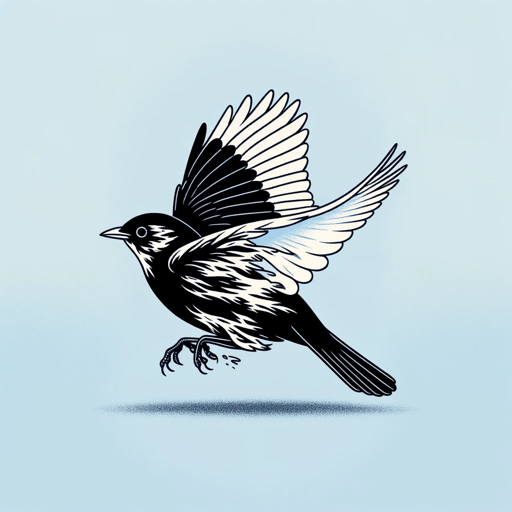
Blackbird House
Alice Hoffman

Green Angel
Alice Hoffman

Half Magic
Edward Eager, N. M. Bodecker, Alice Hoffman
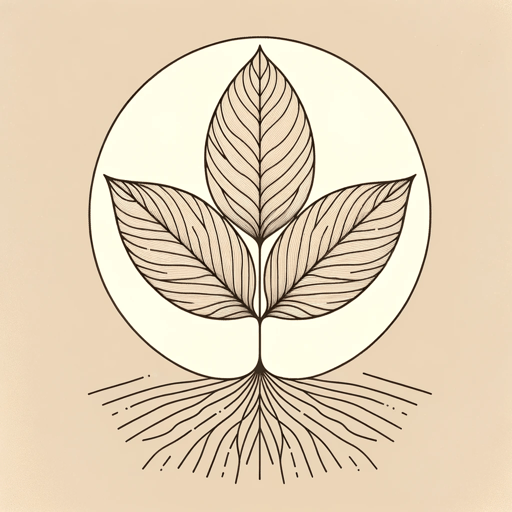
Incantation
Alice Hoffman

Local Girls
Alice Hoffman

Nightbird
Alice Hoffman
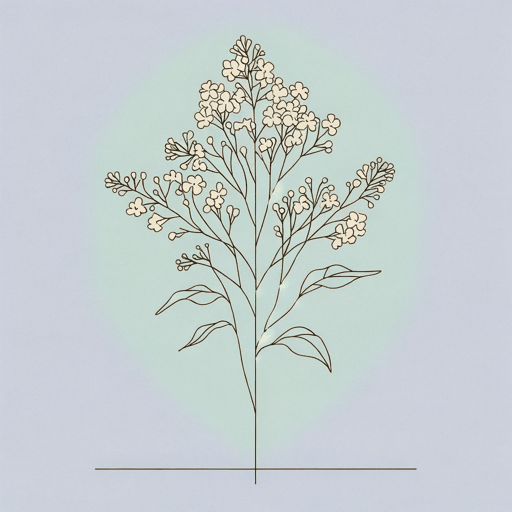
Practical Magic
Alice Hoffman
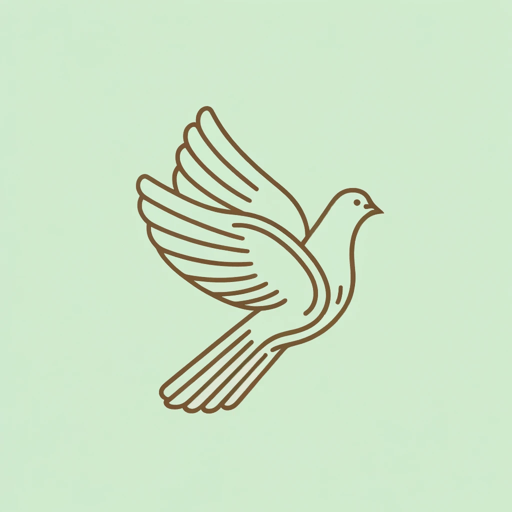
The Dovekeepers
Alice Hoffman
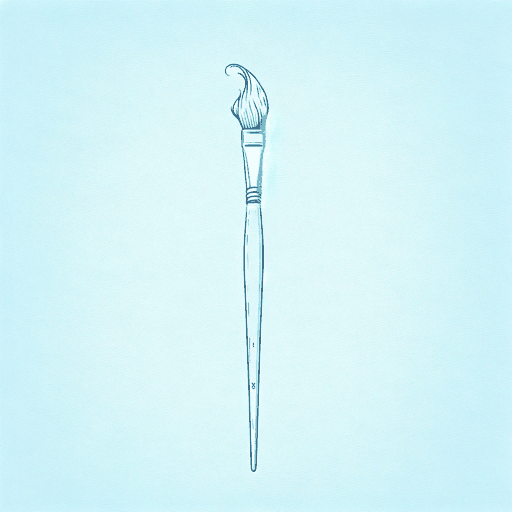
The Marriage Of Opposites
Alice Hoffman

The Museum of Extraordinary Things
Alice Hoffman

The River King
Alice Hoffman
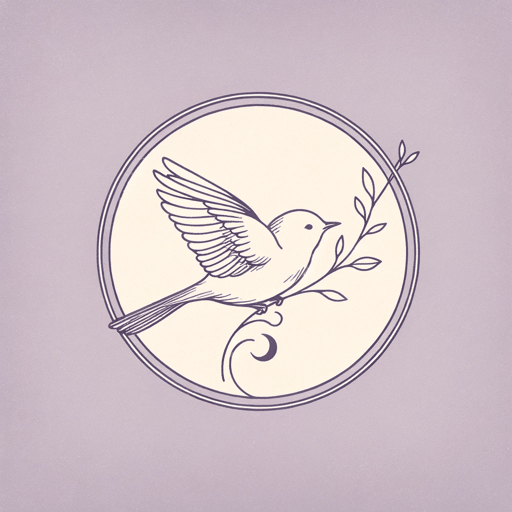
The Rules of Magic
Alice Hoffman
Featured Collections
Fear
View Collection
Hate & Anger
View Collection
Historical Fiction
View Collection
Immigrants & Refugees
View Collection
International Holocaust Remembrance Day
View Collection
Magical Realism
View Collection
Memorial Day Reads
View Collection
Military Reads
View Collection
Popular Book Club Picks
View Collection
Popular Study Guides
View Collection
Sexual Harassment & Violence
View Collection
Valentine's Day Reads: The Theme of Love
View Collection
World War II
View Collection

